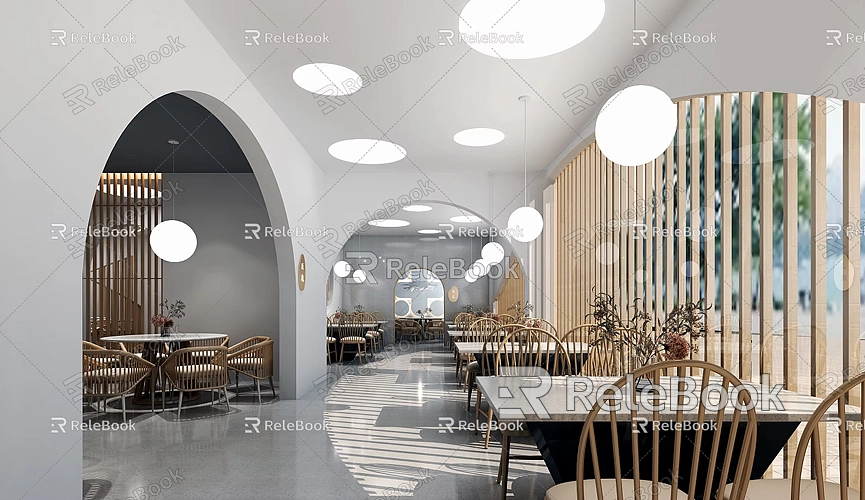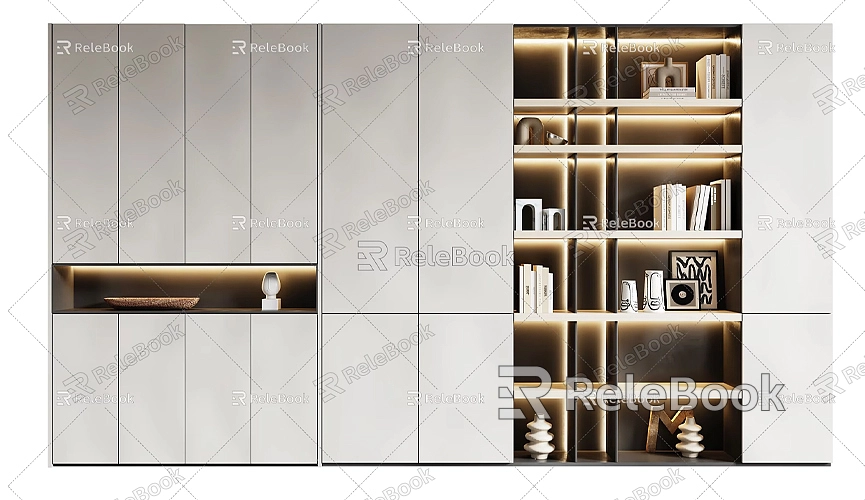How to import sketchup model in lumion 8
In modern architectural, landscape, and interior design, SketchUp and Lumion 8 are widely recognized as essential tools. SketchUp is favored for its user-friendly interface and efficient modeling capabilities, making it a top choice for designers. Meanwhile, Lumion 8 is a powerful rendering and visualization software that excels at producing photorealistic renderings, animations, and virtual reality presentations. A key question for many designers arises after completing a SketchUp model: how can these models be efficiently and accurately imported into Lumion to achieve outstanding rendering results?
This guide provides an in-depth walkthrough of how to import SketchUp models into Lumion 8 and shares optimization tips to help you make the most of both software tools for creating compelling architectural visualizations.

Basic Workflow for Importing SketchUp Models into Lumion 8
Before importing a SketchUp model into Lumion 8, it’s important to understand their compatibility and file requirements. Lumion 8 supports several file formats, including the native `.skp` format used by SketchUp, as well as `.dae` (Collada), `.fbx`, and others. Designers can choose the most suitable import method depending on their needs.
If you’re working with a SketchUp file in `.skp` format, Lumion 8 allows for direct import without the need for file conversion. However, for compatibility with complex materials or animations, you may need to export the file in Collada (.dae) or FBX (.fbx) format. Below, we’ll focus on the steps for directly importing `.skp` files.
Preparing the Model: Simplify and Optimize
The most critical step before importing a model is to organize and optimize the SketchUp file to ensure smooth performance in Lumion. While detailed models can enhance rendering quality, excessive complexity may impact Lumion’s performance. Consider these steps before exporting:
1. Remove unnecessary components: Delete hidden objects, unused materials, and redundant groups. These elements not only bloat the file size but can also cause issues during the import process.
2. Simplify repeated elements: Merge repetitive components to reduce file complexity while maintaining essential details.
3. Name and organize components: Ensure all objects are properly named and organized to streamline editing in Lumion.
Exporting SketchUp Files
Once the model is cleaned up, it’s time to export the file:
1. Open your SketchUp project.
2. Click on File > Export and select the appropriate format. For most cases, exporting as SketchUp File (.skp) is sufficient.
3. If needed, choose Collada (.dae) or FBX (.fbx) formats for enhanced compatibility, especially when dealing with complex textures or animations.
4. Ensure that Export Materials and Export Textures options are enabled to preserve original materials and textures during the import.
Save the exported file in an accessible location for easy retrieval in Lumion.
Importing Models into Lumion 8

After exporting your SketchUp file, follow these steps to import it into Lumion 8:
1. Open Lumion 8 and load the project where the model will be rendered.
2. Click the Import button on the Lumion interface.
3. Locate and select the SketchUp file (.skp) or another exported format (.dae, .fbx).
4. Confirm the file path and name, then click Open. Lumion will automatically import the model.
During the import process, Lumion will recognize and apply the model’s materials and textures. After import, you can further refine these elements using Lumion’s material editor to achieve optimal rendering results.
Adjusting Model Position and Scale
Once the model is imported, you may need to adjust its placement in the scene:
- Use Lumion’s tools to move, rotate, or scale the model, ensuring it aligns correctly within the project’s 3D environment.
- Customize the background and environment settings to integrate the model seamlessly into the scene.
Optimizing SketchUp Models for Better Rendering
To achieve the best possible rendering results in Lumion, consider these advanced optimization techniques:
Material and Texture Enhancements
- While SketchUp materials are imported directly into Lumion, they may require further adjustments to achieve realism.
- Use Lumion’s extensive material library to replace or enhance existing textures. Adjust properties like glossiness, reflection, and transparency for more detailed effects.
- Take advantage of Lumion’s support for HDRI (High Dynamic Range Imaging) by applying high-quality HDRI textures for improved lighting and visual depth.
Lighting and Environmental Settings
Lighting is a crucial factor in rendering quality. Lumion 8 offers robust tools for customizing lighting:
- Experiment with different light sources such as point lights, directional lights, and spotlights to fit your scene.
- Use Lumion’s weather and time controls to showcase the project under various conditions, such as sunny days, overcast skies, or nighttime.
Animations and Special Effects
Lumion 8 supports dynamic rendering features, enabling you to create animations that add life to your scenes:
- Add animated elements such as moving people or vehicles to simulate realistic environments.
- Enhance scenes with visual effects like rain, smoke, fire, and reflections to add a professional touch.
Rendering and Output
After optimizing the model and scene, you can proceed to rendering:
- Choose from output options like high-resolution images, HD videos, or 360-degree panoramas.
- Adjust the resolution, output format, and quality settings to match project requirements.
- Utilize Lumion’s real-time rendering preview to ensure all elements are polished before final output.
Conclusion
Importing SketchUp models into Lumion 8 and optimizing them for rendering can significantly elevate the quality and efficiency of your projects. By following the steps outlined in this guide, you can seamlessly integrate these powerful tools into your design workflow.
For access to free high-quality 3D textures and HDRI images, visit [https://textures.relebook.com/](https://textures.relebook.com/). Relebook also offers an extensive library of 3D models to enrich your design projects and further enhance rendering quality.
Mastering the integration of SketchUp and Lumion will empower you to create stunning visualizations that impress clients and streamline your design process. We hope this guide provides valuable insights for your creative endeavors.

